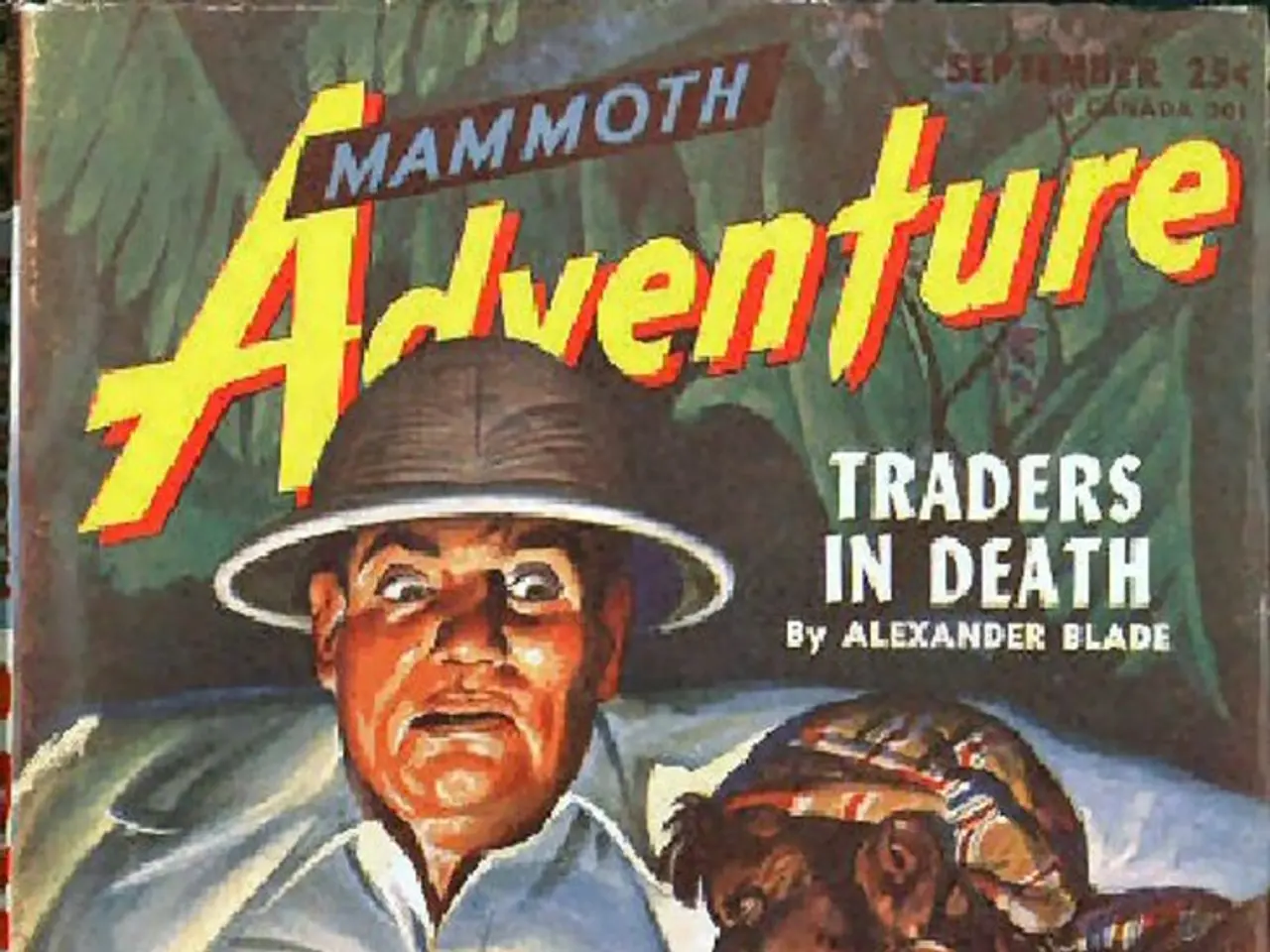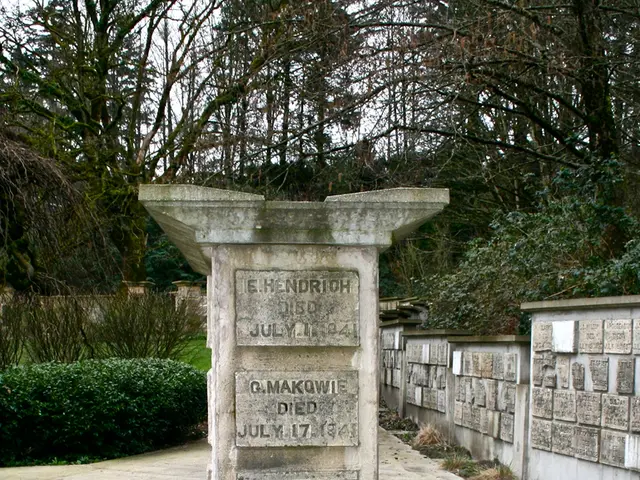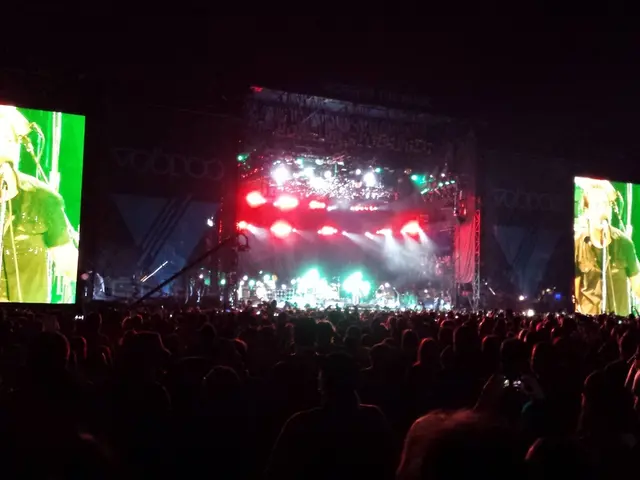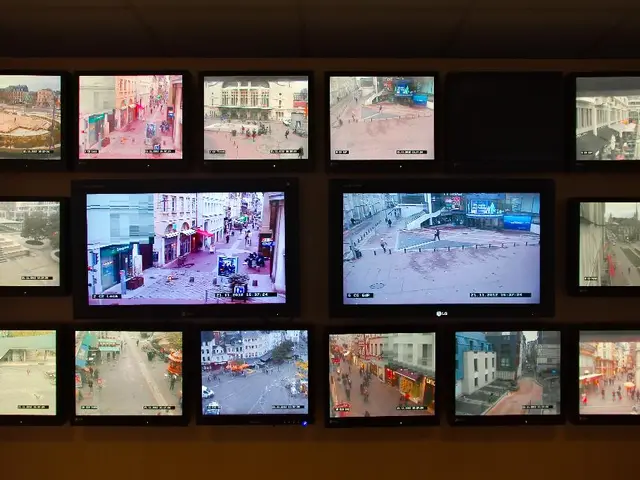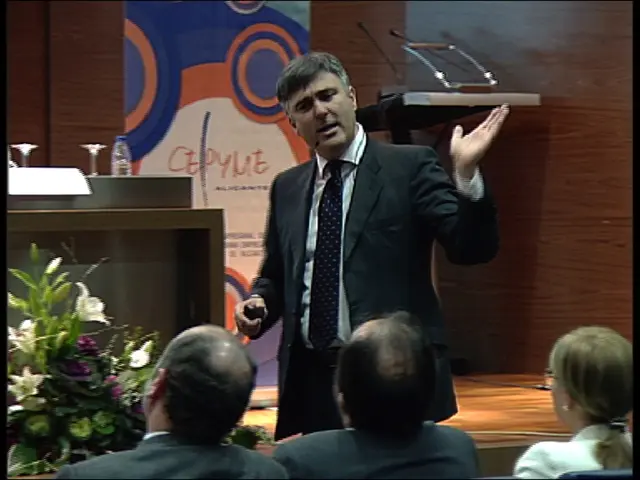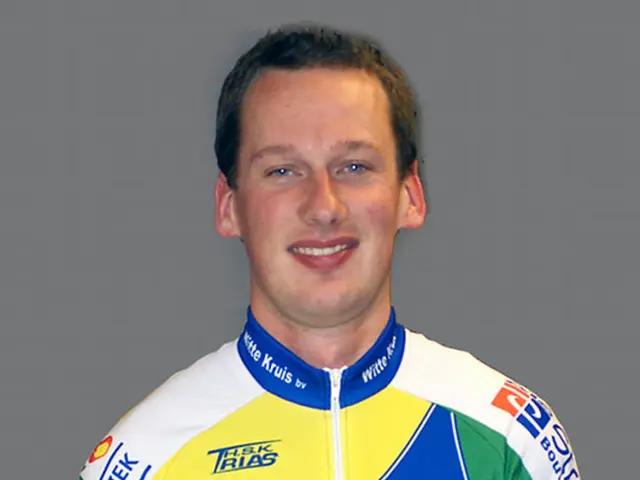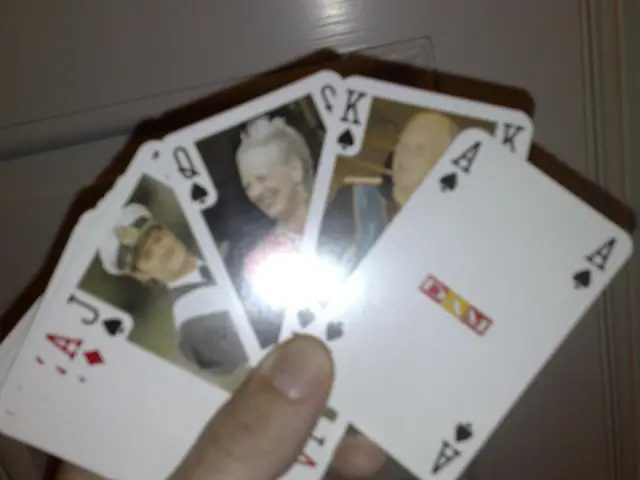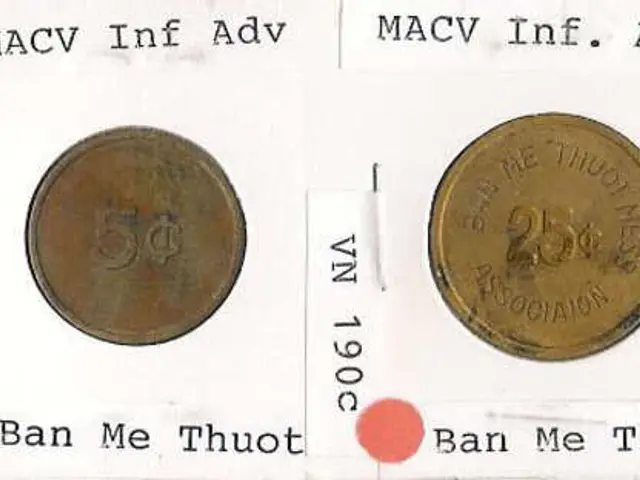Delving into the Era of Mute Movies: Silent Cinema Discovery
In the contemporary film landscape, there's a growing appreciation for the artistry of silent films. This resurgence of interest has opened up new avenues for modern filmmakers to create films that echo the visual language and storytelling techniques of the silent era.
Silent films played a pivotal role in the evolution of cinematic techniques and storytelling, establishing the foundation for the global film industry as we know it today. Pioneering actors like Charlie Chaplin, Buster Keaton, Mary Pickford, Lillian Gish, and Rudolph Valentino graced the silver screen, leaving indelible marks on the history of cinema.
Notable directors such as Georg Wilhelm Pabst, Fred Niblo, Erich von Stroheim, Robert Wiene, and the aforementioned Keaton, among others, also made significant contributions to the silent film era. Actresses like Asta Nielsen, Henny Porten, and Pola Negri also shone brightly during this period.
During the silent era, live musical accompaniment was an integral part of the cinematic experience, providing emotional depth and atmosphere to match the visuals on screen. Today, many screenings of silent films continue to feature live musical accompaniment as a way to recreate the immersive experience of watching these classic works as they were originally intended to be seen.
Contemporary composers often create new scores for silent films, blending traditional instruments with electronic sound design to bring a fresh perspective to these timeless classics. The result is a unique fusion of old and new, offering audiences a chance to experience the magic of silent films in a whole new light.
Silent film festivals offer audiences a chance to immerse themselves in the world of classic and lesser-known silent films, often accompanied by live musical accompaniment or special presentations. Many cinemas and cultural institutions also host regular screenings of silent films, featuring live musical accompaniment by talented musicians.
In addition to music, sound effects were used in silent films to create atmosphere and realism. With the help of Foley artists, live sound effects were created using props, adding another layer of immersion to the cinematic experience.
Some of the most famous silent films include "The Birth of a Nation" (1915), "Metropolis" (1927), "The General" (1926), "Nosferatu" (1922), and "The Kid" (1921). These films, along with the contributions of countless actors, directors, and musicians, continue to captivate audiences and inspire filmmakers today.
The revival of interest in silent films is a testament to their lasting impact on the world of cinema. As we continue to explore and appreciate these classic works, we are reminded of the power of visual storytelling and the enduring appeal of the silent film medium.
